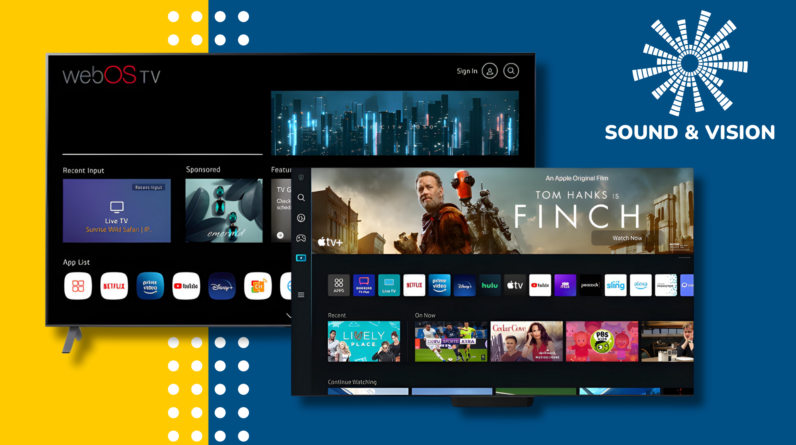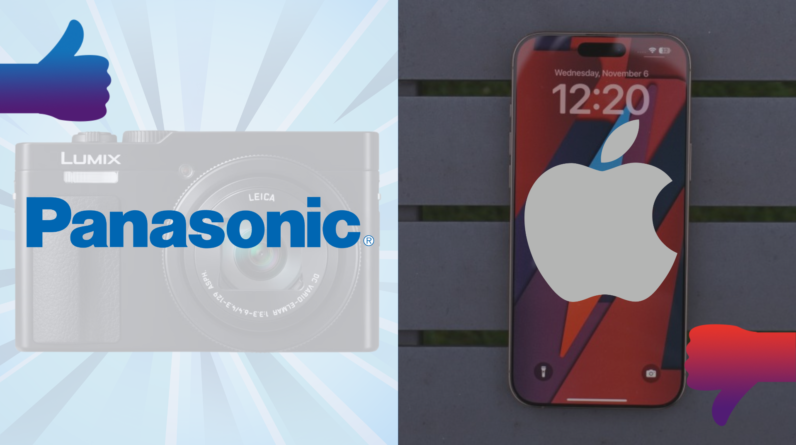
OPINION: There’s been a kerfuffle in the last few months in the TV world and it’s about the one thing I think most people would unite and band together against – the scourge of advertisements.
A while ago I wrote about how TV interfaces were going to grow in importance for TV brands. It serves as the main interaction between the brand and the viewer, but from the brand’s point of view, the interface acts as a way of generating more revenue once the TV is sold.
Speaking from my perspective, I haven’t found ads on TVs to be intrusive or distracting. The recent move from LG to have ads showing during its sponsored screensavers is somewhat sneaky – especially if it wasn’t made clear ahead of time – but does it really bother me?
Unless the ads cause havoc and crash the TV interface, then not really. Amazon’s Kindles have been doing it for years, and even Sky’s Home Entertainment OS does a similar thing – there is nothing new about this tactic.
There have been some that have complained about ads on Hisense and Samsung TVs, but again these aren’t especially distracting, and in the case of Hisense’s TVs, most of them are just linked to the brand’s own products.
The last few years have seen a rise in advertisements across the board, whether on TV interfaces or streaming services, which is a clear hint that these services/interfaces can’t survive without the injection of revenue that ads bring with them and the data they provide on customers’ habits.


The market is slowly sorting itself out, which means whether you like it or not, advertisements are here to stay.
Some would argue that there should be an option to pay to turn off ads, but I’m not sure that’s the right approach since we’re not paying to use interfaces. We pay for Kindle subscriptions but not for LG’s webOS or Samsung’s Tizen. On a Kindle you can pay to remove ads from the service, and even though I don’t necessarily agree with that, at least it’s a one-time payment and not a regular one.


And sticking with Amazon for the moment, I found it interesting that to them ads weren’t necessarily something to flog at the customer but viewed as another method of curation and highlighting content and I can see it make some sense when viewed from that perspective. As long as what I’m seeing is relevant to the interface itself – I preferred to be told about an upcoming series on, say, Apple TV+ than be sold an air fryer, in which case I can make my peace with the rise of ads.
Whether you like it or not, ads have become part of the furniture across the board. The only surprise is that it’s taken so long for them to make their way to TVs.






